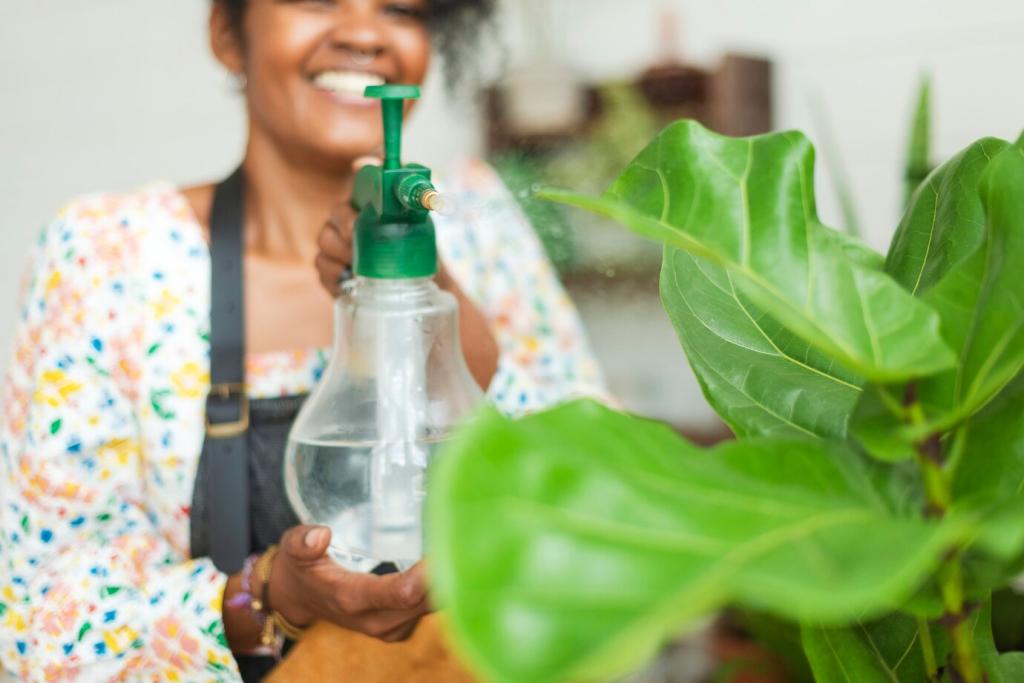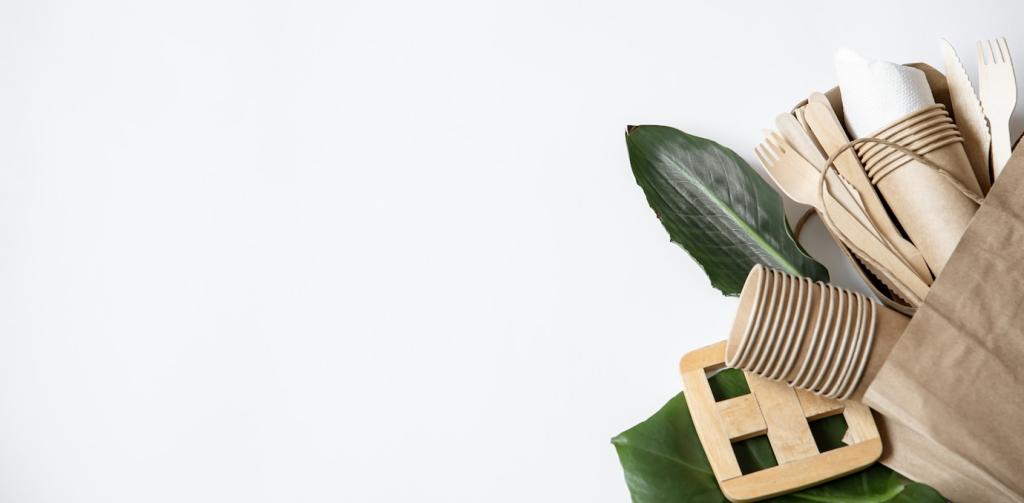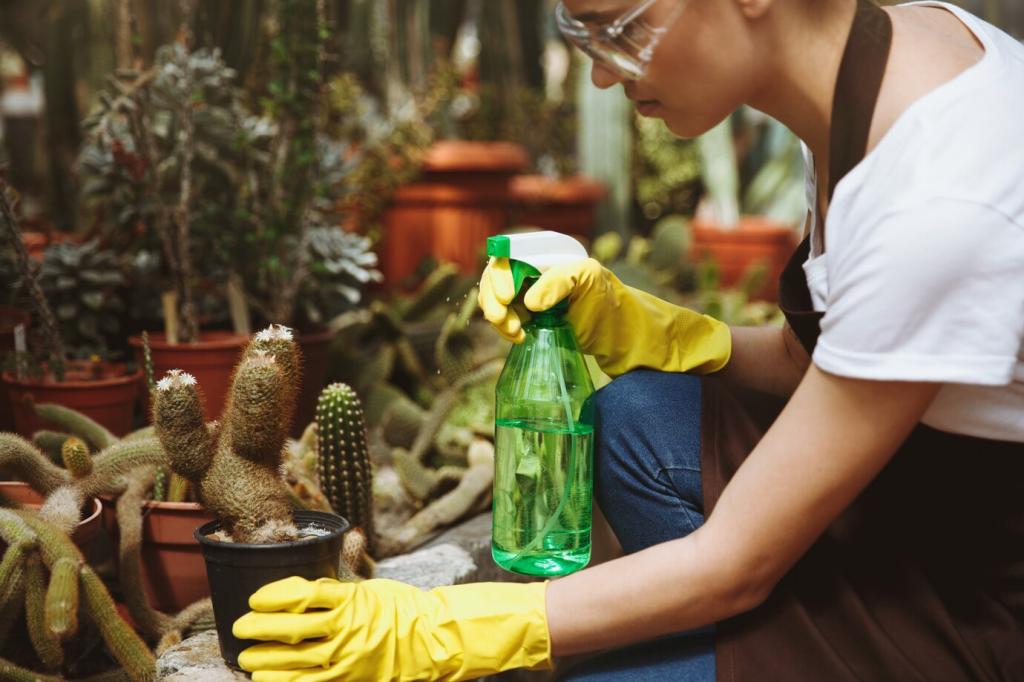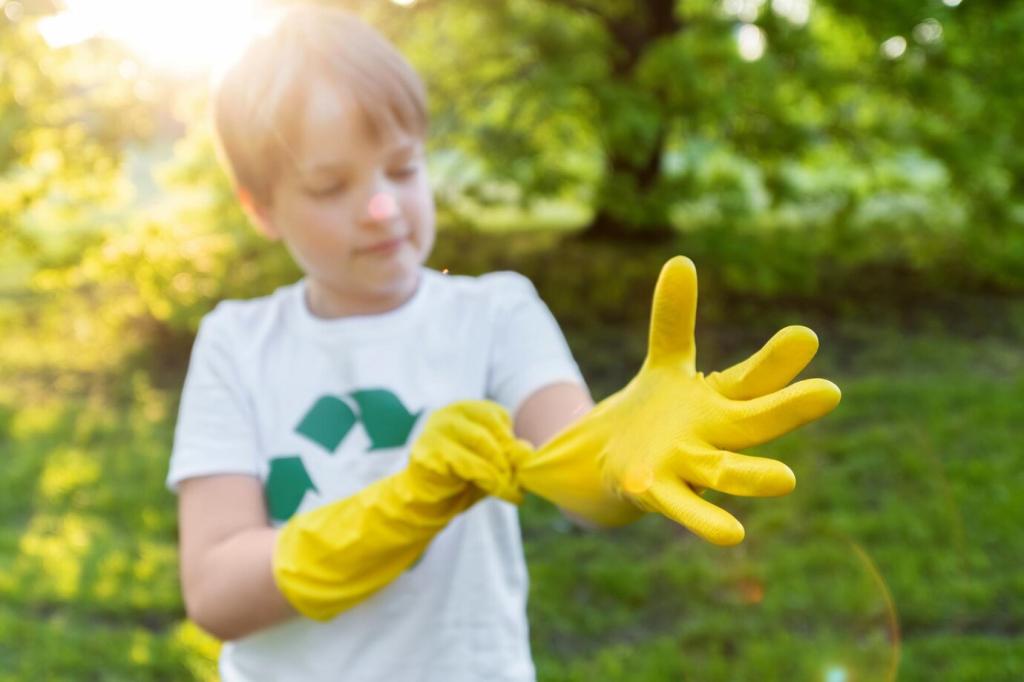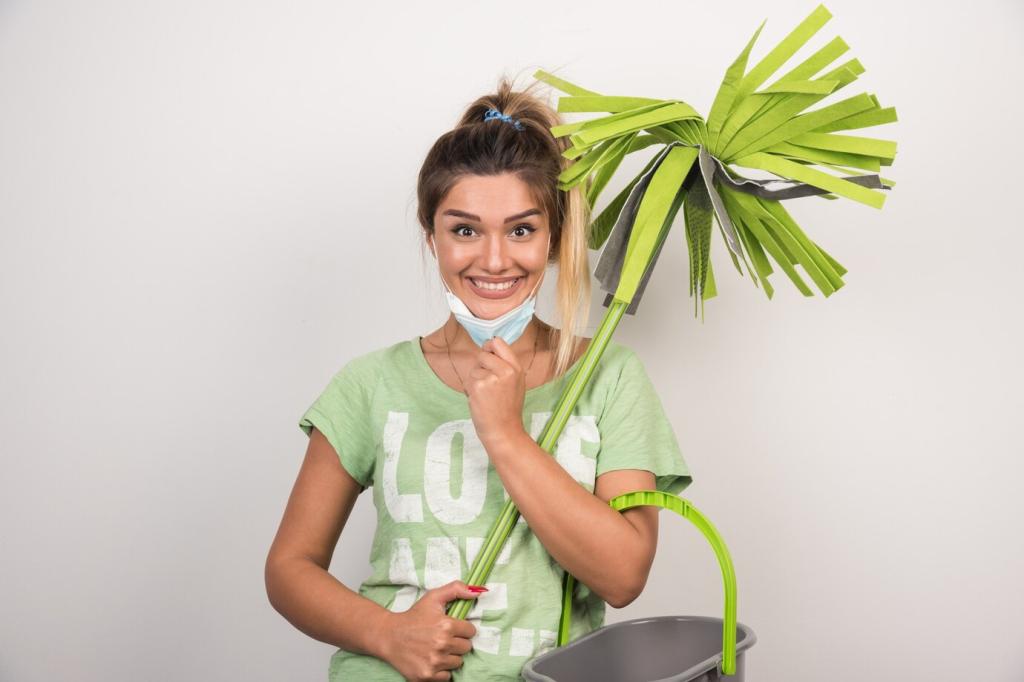Sustainable Habits That Prevent Dirt
A simple no-shoes policy cuts tracked-in dust that eventually nests in cushions. Washable throws on high-traffic spots capture wear and spills. Rotate them weekly, then share your favorite textile choices and laundering tricks with fellow readers in the comments.
Sustainable Habits That Prevent Dirt
Vacuum weekly with a soft upholstery brush, focusing on seams and crevices where grit grinds fibers. Use gentle strokes and a HEPA filter to catch fine particulates. This habit preserves color, reduces allergens, and dramatically decreases the frequency of deeper cleanings.


